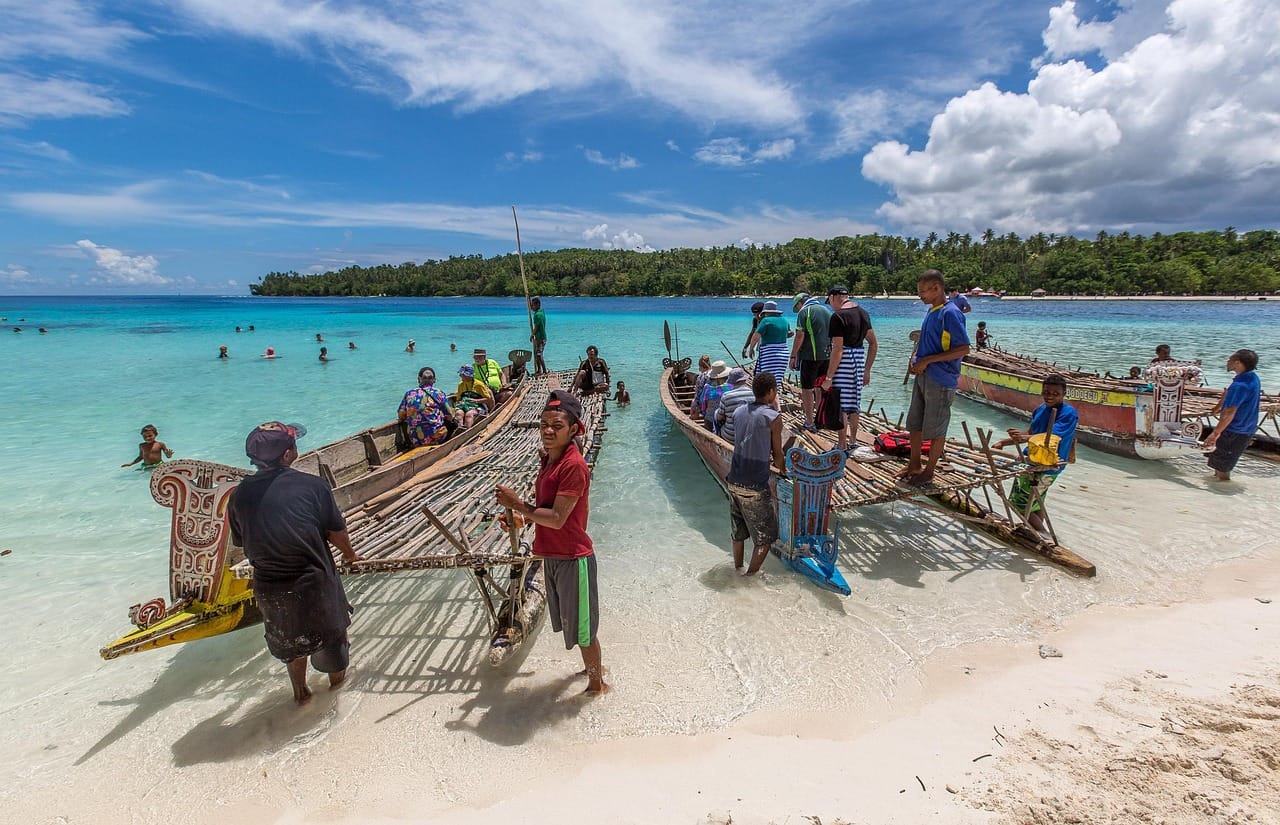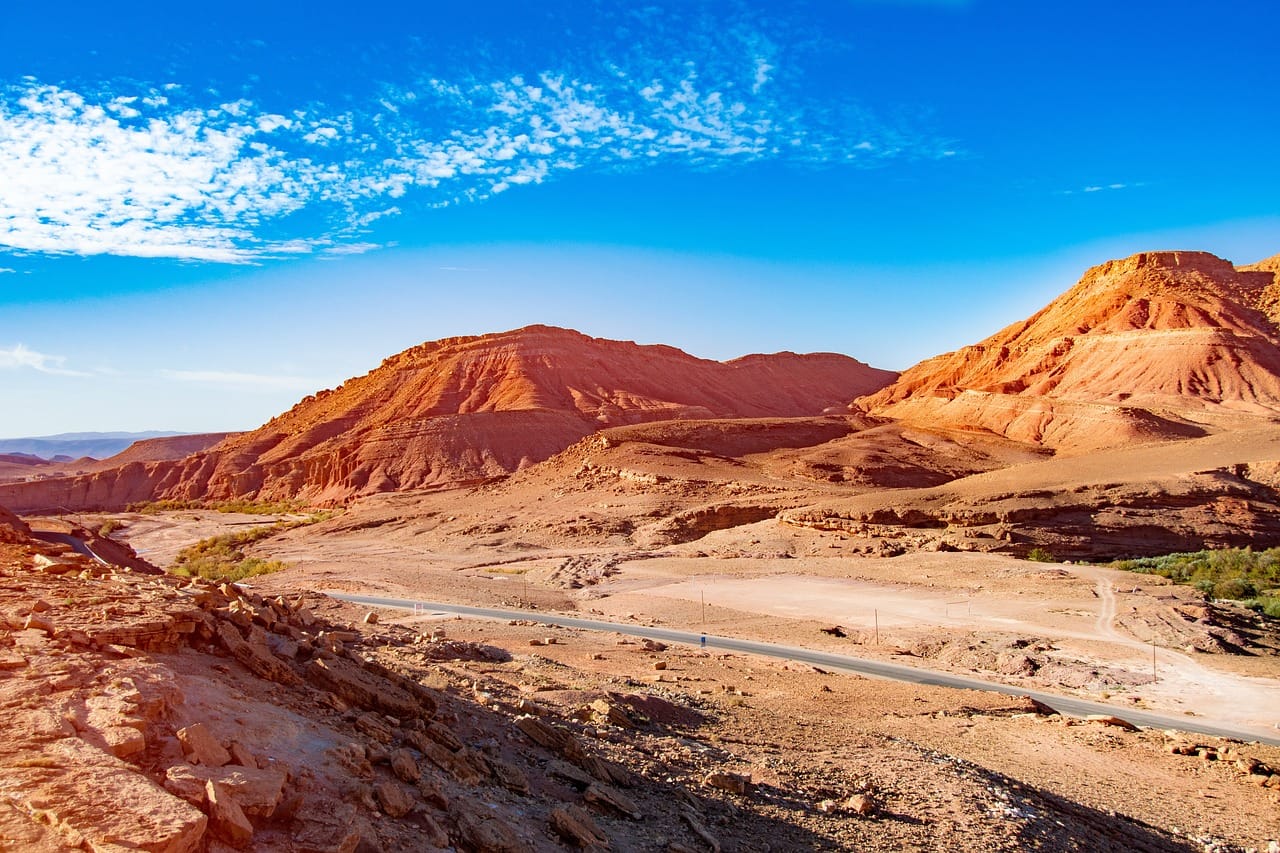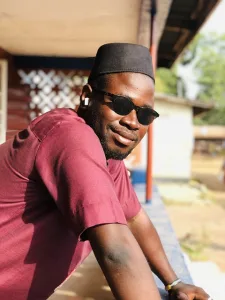Discovering Guinea-Bissau
Tucked away on the West African coast, Guinea-Bissau remains one of the continent’s least explored destinations. Yet for those seeking authentic travel experiences, this small nation offers a rich tapestry of culture, nature, and history. Guinea-Bissau tours invite curious travellers to step off the beaten path and immerse themselves in a country where life moves to the rhythm of the land and sea.
A Land of Quiet Beauty
Guinea-Bissau’s landscape is a gentle blend of coastal plains, mangrove swamps, and forested islands. The Bijagós Archipelago, a UNESCO Biosphere Reserve, is perhaps the country’s most captivating feature. Comprising over 80 islands, many of which are uninhabited, the archipelago is a haven for wildlife and a sanctuary for traditional ways of life.
Travellers often begin their journey in Bissau, the capital city. Though modest in size, Bissau offers a glimpse into the country’s colonial past, with faded Portuguese architecture and lively markets. The city’s relaxed pace sets the tone for the rest of the country. From here, visitors can venture into the countryside or set sail for the islands.
The Bijagós Archipelago: Nature and Culture Intertwined
The Bijagós islands are not only stunning but also culturally significant. Each island has its own identity, shaped by centuries of tradition and a deep connection to nature. On Orango Island, for example, visitors may encounter saltwater hippos and vibrant birdlife. The island is also known for its matriarchal social structure, which offers a unique perspective on gender roles in West African societies.
Travelling through the archipelago is best done slowly. Small boats ferry visitors between islands, allowing time to appreciate the changing scenery and meet local communities. Many Guinea-Bissau tours include guided visits to villages, where respectful engagement is encouraged. These experiences offer insight into daily life, traditional ceremonies, and the importance of ecological stewardship.
Wildlife Encounters and Conservation
Guinea-Bissau is home to a surprising diversity of wildlife. In addition to the hippos of Orango, the country hosts manatees, sea turtles, and hundreds of bird species. The Cantanhez Forest National Park in the south is a prime location for spotting chimpanzees and other primates. Conservation efforts are ongoing, and many tours support local initiatives aimed at protecting habitats and species.
Birdwatchers will find Guinea-Bissau particularly rewarding. The wetlands and coastal areas attract migratory birds from Europe and beyond. With minimal infrastructure and few crowds, the country offers a rare opportunity to observe wildlife in its natural state.
History and Heritage
Guinea-Bissau’s history is complex and compelling. Once part of the ancient Mali Empire, the region later became a centre of Portuguese colonial activity. The struggle for independence in the 20th century was long and hard-fought, culminating in freedom in 1973. Today, remnants of this history can be seen in architecture, museums, and oral storytelling traditions.
In Cacheu, one of the oldest towns in the country, visitors can explore colonial fortresses and learn about the transatlantic trade routes that once passed through the region. The town’s quiet streets and riverside setting make it a peaceful stop on any itinerary.
Cuisine and Daily Life
Food in Guinea-Bissau reflects the country’s agricultural roots and coastal location. Rice is a staple, often served with fish, vegetables, and rich sauces. Cassava, peanuts, and tropical fruits also feature prominently. Meals are typically shared, and hospitality is a cornerstone of daily life.
Markets are vibrant hubs of activity. In Bissau and smaller towns, stalls overflow with fresh produce, handmade crafts, and textiles. These spaces offer a chance to engage with local vendors and learn about traditional practices. Guinea Bissau tours often include market visits, providing opportunities to support local economies.
Travel Practicalities
Travelling in Guinea-Bissau requires a spirit of adventure. Infrastructure is limited, and transport can be unpredictable. However, this is part of the country’s charm. Roads may be rough, but the scenery is rewarding. Accommodation ranges from basic guesthouses to eco-lodges, particularly in the Bijagós.
The best time to visit is during the dry season, from November to May. During this period, travel is easier and wildlife viewing is at its peak. Visitors should check visa requirements in advance and consider travelling with a reputable tour operator familiar with the region.
Responsible Travel and Community Engagement
Responsible tourism is essential in Guinea-Bissau. Many communities rely on sustainable practices to preserve their environment and culture. Travellers are encouraged to respect local customs, minimise waste, and support initiatives that directly benefit residents.
Several Guinea-Bissau tours are designed with community engagement in mind. These experiences may include homestays, workshops, or conservation activities. By choosing such tours, visitors contribute to the country’s development while gaining a deeper understanding of its people and places.
Why Guinea-Bissau Deserves a Place on Your Travel List
Guinea-Bissau is not a destination for hurried travel. It rewards patience, curiosity, and openness. Its landscapes are serene, its people welcoming, and its culture rich with meaning. For those seeking something different, Guinea-Bissau tours offer a chance to connect with a part of the world that remains largely untouched by mass tourism.
Whether exploring the islands, walking through forest reserves, or sharing a meal in a village, travellers will find moments of genuine connection.
Bissau Carnival
Each year, as the dry season reaches its peak, the streets of Bissau erupt in colour, rhythm, and celebration. The Bissau Carnival, held in the capital of Guinea-Bissau, is one of West Africa’s most spirited cultural events. For travellers seeking immersive experiences, this festival offers a unique window into the country’s creativity, resilience, and joy. Many Guinea-Bissau tours now include the carnival as a highlight, and for good reason—it’s a spectacle unlike any other.
A Celebration of Identity and Unity
The Bissau Carnival is more than a party. It’s a celebration of identity, unity, and expression. Rooted in both African and Portuguese traditions, the event blends music, dance, costume, and satire to reflect the country’s diverse heritage. Communities from across Guinea-Bissau travel to the capital to take part, bringing with them regional styles, languages, and stories.
Preparation begins weeks in advance. Local groups design elaborate costumes, choreograph dances, and build floats that reflect social themes, historical events, or humorous takes on everyday life. The result is a parade that is both entertaining and thought-provoking. Spectators line the streets, cheering as performers pass by in waves of colour and sound.
Music, Movement, and Meaning
At the heart of the carnival is music. Drums, whistles, and traditional instruments set the pace, while dancers move with energy and precision. Each group has its own rhythm, often rooted in local traditions. The fusion of styles, from coastal beats to forest melodies, creates a soundscape that is uniquely Guinea-Bissau.
Dance is equally central. Movements are expressive, often telling stories or conveying emotion. Some performances are playful, others deeply symbolic. Together, they form a living narrative of the country’s past and present. Visitors are encouraged to join in, and many Guinea-Bissau tours offer opportunities to learn basic steps or attend pre-carnival workshops.
Costumes That Speak Volumes
Costumes are a highlight of the Bissau Carnival. Crafted from fabric, beads, feathers, and recycled materials, they showcase the ingenuity of local artisans. Designs range from traditional to avant-garde, with each outfit telling a story. Some reflect cultural heritage, while others comment on current events or social issues.
Children, adults, and elders all participate, making the carnival a truly intergenerational affair. The event's inclusive nature is one of its strengths. Everyone has a role to play, whether performing, organising, or simply enjoying the festivities. This sense of community is palpable and adds depth to the experience.
Satire and Social Commentary
One of the most distinctive aspects of the Bissau Carnival is its use of satire. Performers often incorporate humour and irony to address political, economic, or social topics. Floats may depict caricatures of public figures, while skits highlight everyday challenges with wit and creativity.
This tradition of commentary dates back decades and remains a powerful tool for expression. It allows communities to voice concerns, share perspectives, and engage in dialogue through art. For visitors, it offers insight into the issues that matter most to people in Guinea-Bissau.
Planning Your Visit
The Bissau Carnival typically takes place in February or early March, depending on the lunar calendar. The main parade is held on Shrove Tuesday, but events span several days. These include street parties, music performances, and cultural exhibitions. Booking early is recommended, as accommodation in Bissau fills quickly during the festival.
A Carnival Like No Other
The Bissau Carnival is a testament to the spirit of Guinea-Bissau. It’s a time when creativity flourishes, communities come together, and joy takes centre stage. For those seeking meaningful travel experiences, this festival offers connection, insight, and unforgettable memories.
Whether dancing in the streets, admiring handcrafted costumes, or sharing stories with locals, visitors will find themselves welcomed with warmth and enthusiasm. The carnival is not just a spectacle, it’s a celebration of life, resilience, and the power of expression.



